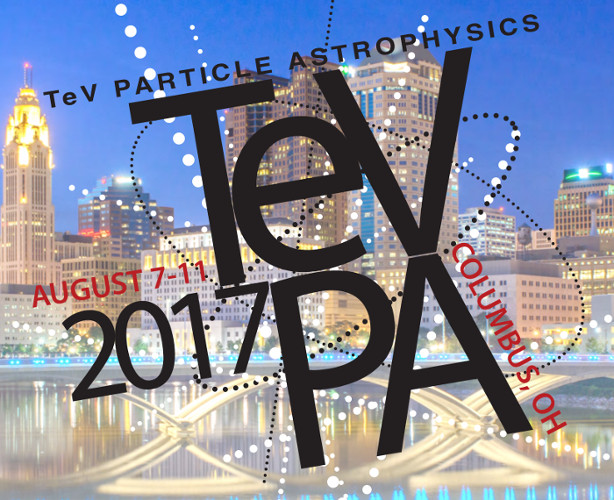Speaker
Description
The odd-parity (B-mode) polarization anisotropy of the Cosmic Microwave Background (CMB) provides a unique window into the history and contents of the universe. At sub-degree scales this polarization is primarily created by the gravitational lensing of the CMB due to intervening large scale structure while at degree scales B-mode polarization can indicate the presence of primordial gravitational waves predicted by the theory of inflation. We present an update on the analysis of data taken by the POLARBEAR experiment. We show the B mode power spectrum inferred from two seasons of data taken between 2012 and 2014 on an effective sky area of 25 square degrees over a range of multipole moments $500 \leq \ell \leq 2100$. The measured amplitude of lensing B modes after subtraction of galactic foregrounds is found to be $A_L = 0.60 ^{+0.26} _{-0.24} ({\rm stat}) ^{+0.00} _{-0.04}({\rm inst}) \pm 0.14 ({\rm foreground}) \pm 0.04 ({\rm multi})$ where $A_L = 1$ corresponds to $\Lambda CDM$ cosmology. In mid 2014 POLARBEAR deployed a continuously rotating half wave plate polarization modulator and began scanning a 700 effective square degree patch to measure degree angular scale B-mode polarization. We present the status of this analysis and outline considerations for future experiments designed to operate in this configuration including the Simons Array and Simons Observatory.

